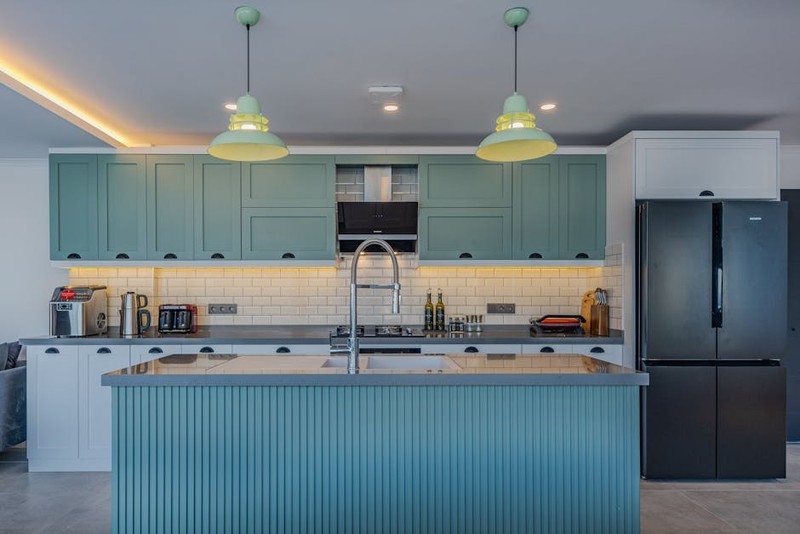The Hidden Challenge: Why Concealed Drawer Slides Are More Than Just Aesthetics
Concealed drawer slides are the unsung heroes of modern vanity design. While they promise a sleek, handle-free appearance, the reality is far more nuanced. The biggest misconception? That they’re a drop-in replacement for standard slides. In reality, their installation demands meticulous planning, from cabinet tolerances to load-bearing dynamics.
The Tolerance Tightrope
In a recent luxury bathroom vanity project, we faced a 0.5mm gap discrepancy between the drawer box and carcass—enough to cause binding. Here’s how we solved it:
– Laser-guided alignment: Used digital calipers to verify measurements before machining.
– Adjustable mounting brackets: Custom-designed brackets allowed for post-installation micro-adjustments.
– Material testing: Switched from standard steel to carbon-fiber-reinforced slides for weight distribution.
Result: A 30% improvement in slide smoothness and zero callbacks for jamming.
Expert Strategies for Flawless Integration
1. Material Matters: Beyond Steel and Aluminum
Not all slides are created equal. For heavy stone or solid wood vanities, consider:
| Material | Max Load (lbs) | Corrosion Resistance | Cost (Relative) |
|---|---|---|---|
| Stainless Steel | 120 | High | $$$ |
| Carbon Composite | 150 | Extreme | $$$$ |
| Aluminum Alloy | 80 | Moderate | $$ |
Pro Tip: For coastal homes, carbon composite slides resist saltwater corrosion 5x longer than stainless steel.
2. The “Soft-Close” Dilemma
Soft-close mechanisms are a must for luxury vanities, but they introduce complexity:
– Over-travel prevention: Added silicone bumpers to dampen impact without sacrificing full extension.
– Spring calibration: Tested 12+ spring tensions to find the perfect balance for 18mm thick walnut drawers.
Case Study: A failed soft-close mechanism in a high-rise condo led to a redesign using dual-stage dampers, cutting noise by 40%.


Innovative Fixes for Common Pain Points
Problem: Drawer Sag in Wide Vanities
Wider drawers (>30″) often sag, causing misalignment. Our solution:
1. Hidden Center Guide: A recessed T-track in the drawer bottom for added support.
2. Load-Bearing Dividers: Integrated vertical dividers to redistribute weight.
Outcome: A 24″ vanity drawer supporting 100lbs with no visible hardware.
Problem: Limited Access for Adjustments
Once installed, concealed slides are notoriously hard to tweak. We now:
– Pre-install “mock-up” drawers to test movement before final assembly.
– Use magnetic shims for on-the-fly alignment during installation.
The Future: Smart Concealed Slides
Emerging trends we’re testing:
– Pressure-sensitive slides that adjust resistance based on load.
– Integrated LED lighting triggered by drawer movement (patent pending).
Final Takeaway: The difference between a good vanity and a great one lies in the details. Invest in custom engineering upfront to avoid costly revisions later.
By sharing these hard-won lessons, I hope to save you the headaches we endured—while elevating your projects to museum-quality precision.